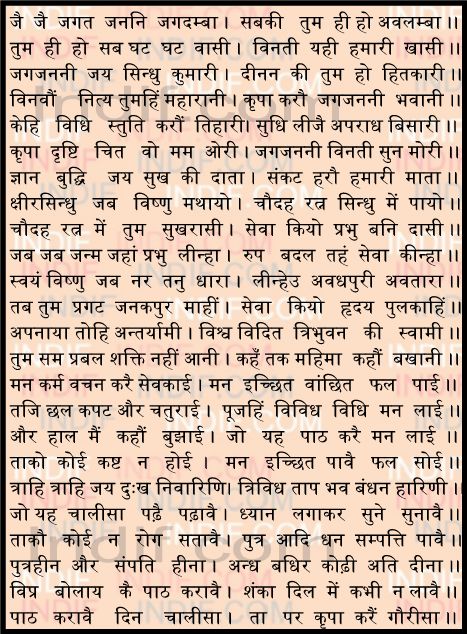

It is believed that when a Rudraksha bead is kept soaked in milk then the milk doesn’t go bad. However, this is not true the said test does not yield accurate results. When the Rudraksha bead is kept between two copper coins the beads starts to rotate slightly due to the magnetic properties of the Rudraksha beads. Some of the fake certificate being issued by these “labs” are mentioned below: They label the bead as a round mukhi bead instead of a Gauri Shankar as that fetches a higher price. It should be noted that suppliers frequently glue pieces together to repair broken lines or conceal some mukhi lines in order to obtain a rare mukhi such as 1 mukhi, 2 mukhi, or 14 mukhi. They consider the tempered beads to be genuine. They classify the giant Rudraksha beads from Papua New Guinea as Nepal Rudraksha beads. The x-ray will show that there are seeds inside but it requires a lot more in-depth knowledge to know that the 2 or 3 different parts of the bead are not naturally joined. This is commonly seen in Trijuti and Gauri Shankar beads. They classify the beads that are glued together as genuine. Commonly one mukhi Nepal sold in the market is a bhadraksha bead from Haridwar or South India. Note that Bhadraksha beads do not have a natural hole in the centre and they do not work like Rudraksha. They classify the bhadraksha beads as Rudraksha. The bead will also not work for the rest of the lines that are complete. Lines that are partial or 50% or even 75% come in this category. Note that if a mukhi line of a Rudraksha does not run from one end and completes at the other end, the bead is fit to be rejected. They keep silent about incomplete lines in a mukhi and classify them as complete. There are labs which provide x-ray certificates also but a study of certificates from them has shown the below discrepancies: They are able to sell to buyers who, on average, do not have much knowledge. They know less about Rudraksha beads, their quality, and their testing. Since 2008, the Rudraksha business has grown exponentially, and many of those who have entered it have only the intention of making a profit. The main idea is that the lab's credibility is only as good as the person or organization certifying the beads in the lab. A simple inquiry into affiliations, tests performed, and equipment owned by the lab will reveal the lab's legitimacy. As a result, there is a great deal of ambiguity in these labs regarding the certificate and the certification process.

They sell to retailers, and unsuspecting buyers end up purchasing fake Rudraksha beads from them with these "self-made certificates" that had no genuine testing done on the beads. Many times, the Rudraksha bead wholesalers own these so-called labs, which are only on paper and lack any certified gemmologist or equipment. Know that in most of these cases, the value of the so-called certificate or certification is negligible because these labs are fake or non-existent, or the certificate is a deception at best. Numerous Rudraksha sellers may offer 'lab-tested and certified' Rudraksha beads from one or more laboratories.


 0 kommentar(er)
0 kommentar(er)
